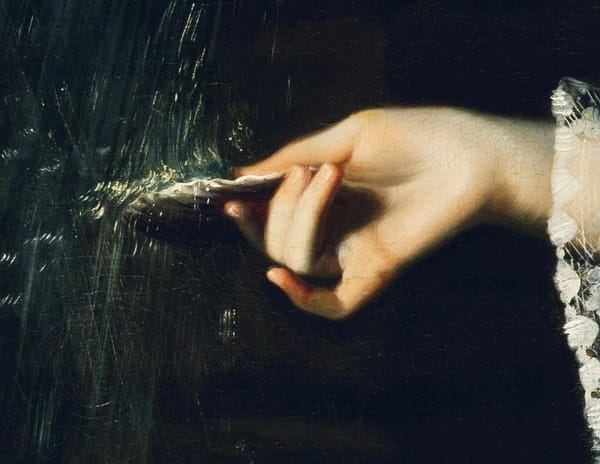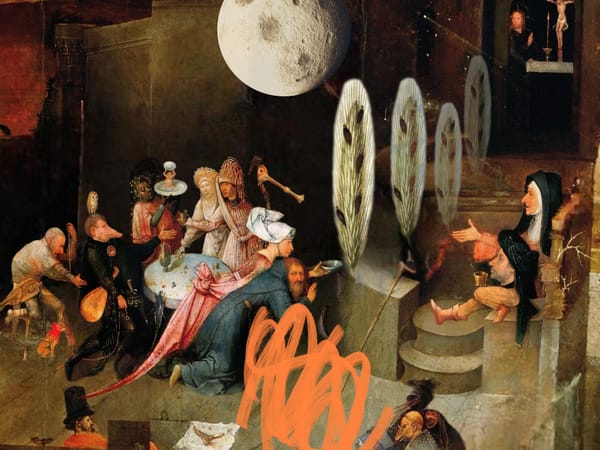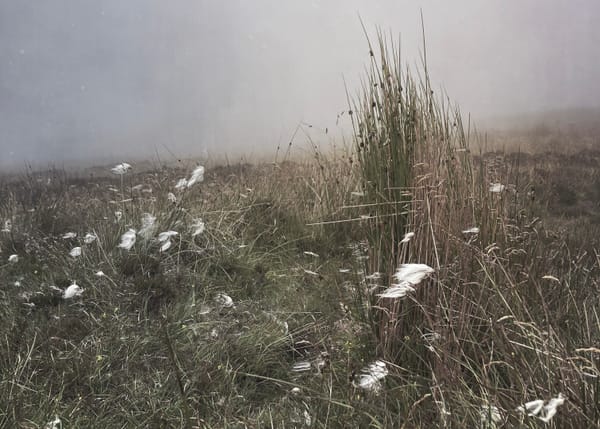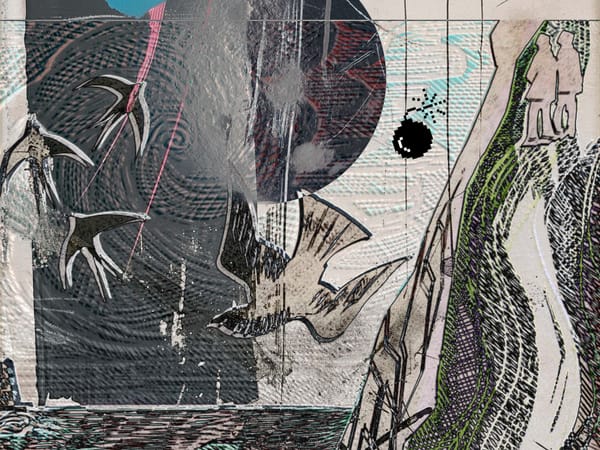Inside the Hollow Hill
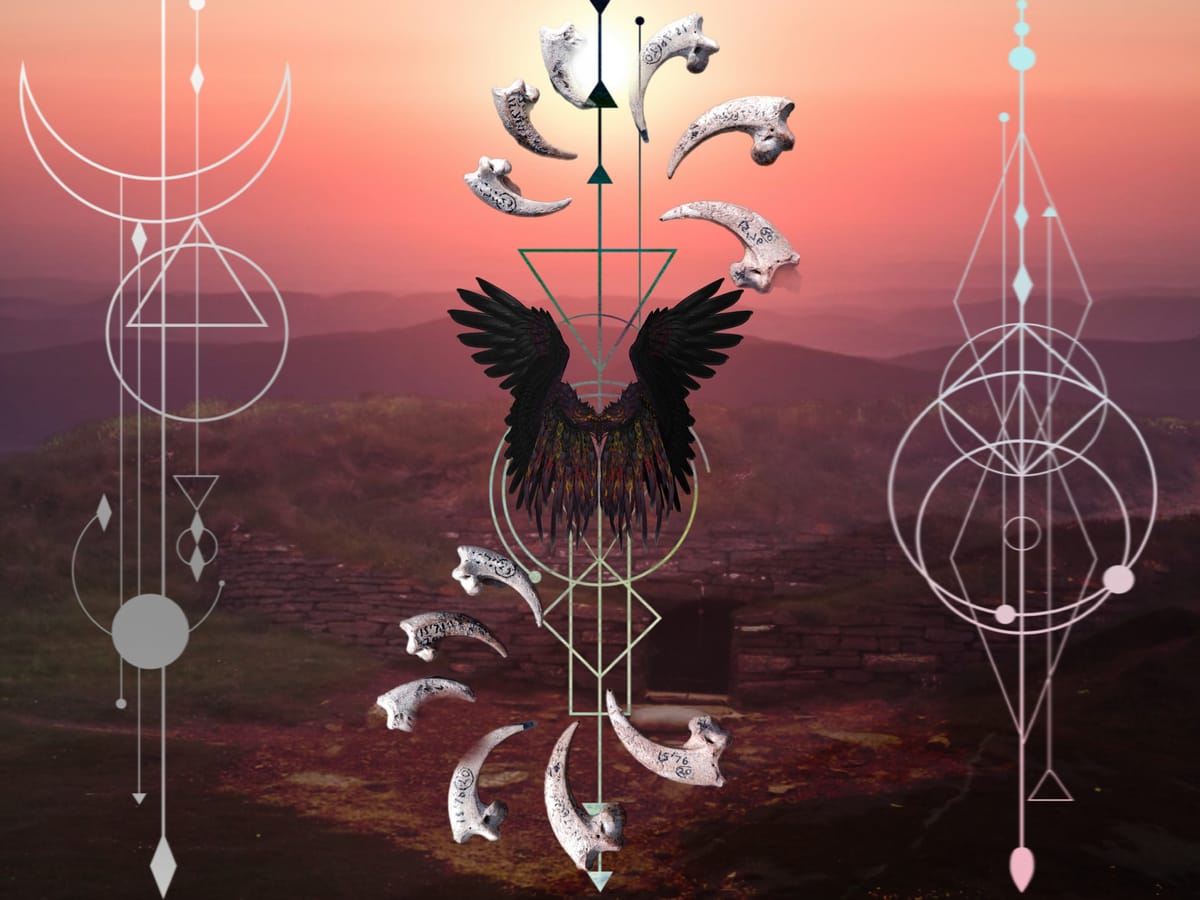
Ossuaries I have known--a series
Part I of The Tomb of the Eagles
The tomb's presence in the landscape is a dark passage into the earth. Framed by undulatiing stone masonry upholstered with grass, it is a living body. Seabirds nest on the cliffs below where the North Sea surges and roars. The graceful mounds resemble thighs and a belly of some giant being—a troll, Gyre Carlin or goddess. Whatever the site looked like in 3200 BCE when it was built, this is how it appears today. The sense of sacred drama remains.
The Tomb of the Eagles is a neolithic tomb in Ibister, South Ronaldsay. To reach it from the mainland, you travel over the surreal bridge made of a jumble of concrete cubes—the Churchill Barriers—island hopping from Lamb Holm to Glimps Holm to Burray and on to the southernmost corner of the isle of South Ronaldsay.
In folklore, portal tombs of this type were once known as ‘hollow hills’—places where uncanny things dwelt. Tombs like this in Orkney have a passage with small alcoves off a main chamber. In the Tomb of the Eagles these smaller alcoves were filled with skulls at the time of excavation in 1958. Human remains were found in heaps along the walls of the main chamber, each pile topped with a skull. The remains of approximately 324 people were buried here while the tomb was in use during the Neolithic. They ranged in age from foetal to middle age, though only a very few were over the age of 50. Many of the skulls show evidence of a violent head injury from a club or stone axe. Hundreds of sea eagles were buried beside them...[Post continues below for paid subscribers]

